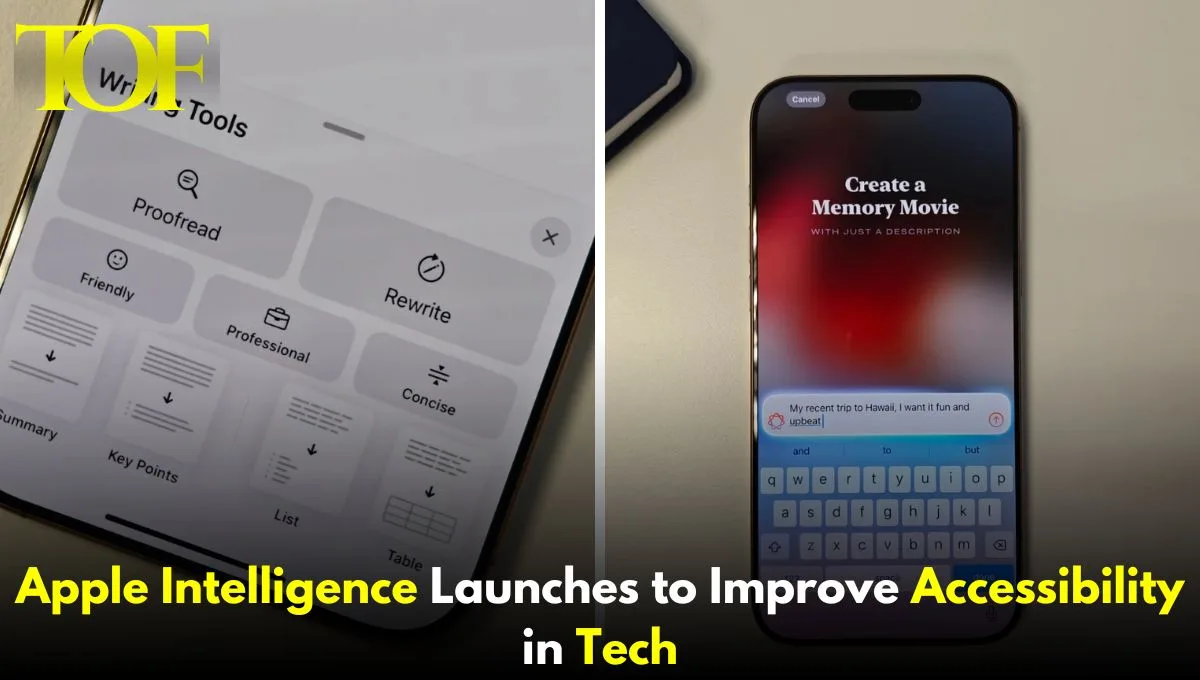Apple has come up with iOS 18.1, and that is yet another major release and the official launch of Apple Intelligence in place. This is particularly poignant for the disability community since these features may make all the difference for accessibility for users who fall within several different categories.
It is not just some technological advancement; it would be an expression of belongingness. Features such as “Type to Siri,” for instance, offer integral support to those who cannot hear and those with difficulty speaking. The new tools for writing are designed as a means of assistance for cognitive disability users, relieving fatigue and making communication proficient.
There is some criticism of how delayed Apple’s entry has been into the AI space. However, the strong commitment to accessibility is applaudable. Deep integration ensures such tools are available right off the box to a customer, which is highly desirable for creating an accessible community. Unlike most tech giants, who have always been indifferent to accessibility, Apple always sought to make its product as user-friendly as it possibly could, but this feature also makes it quite disability-friendly.
For instance, it is those experts in places like the Center for Democracy and Technology who mention, such as Ariana Aboulafia, the reason why dealing with issues like algorithmic bias will first and foremost be much of an issue related to disabled people. Such risk that a community such as the CDT might encounter through this latest report theirs- discrimination regarding the hiring or benefits process biased algorithms.
As pointed out by Aboulafia and Bonnielin Swenor of the Johns Hopkins Disability Health Research Center, “Inclusion of disability must be an active component in discussion around AI and technology” to give better representative data for development purposes and to ensure that the solution created benefits all users and not just a select few.
The future evolution of Apple Intelligence should, therefore, remain on an equal footing if the technology community can advocate for innovations that further equity and access for everyone not only people with a physical disability.
To Read More: Technology

